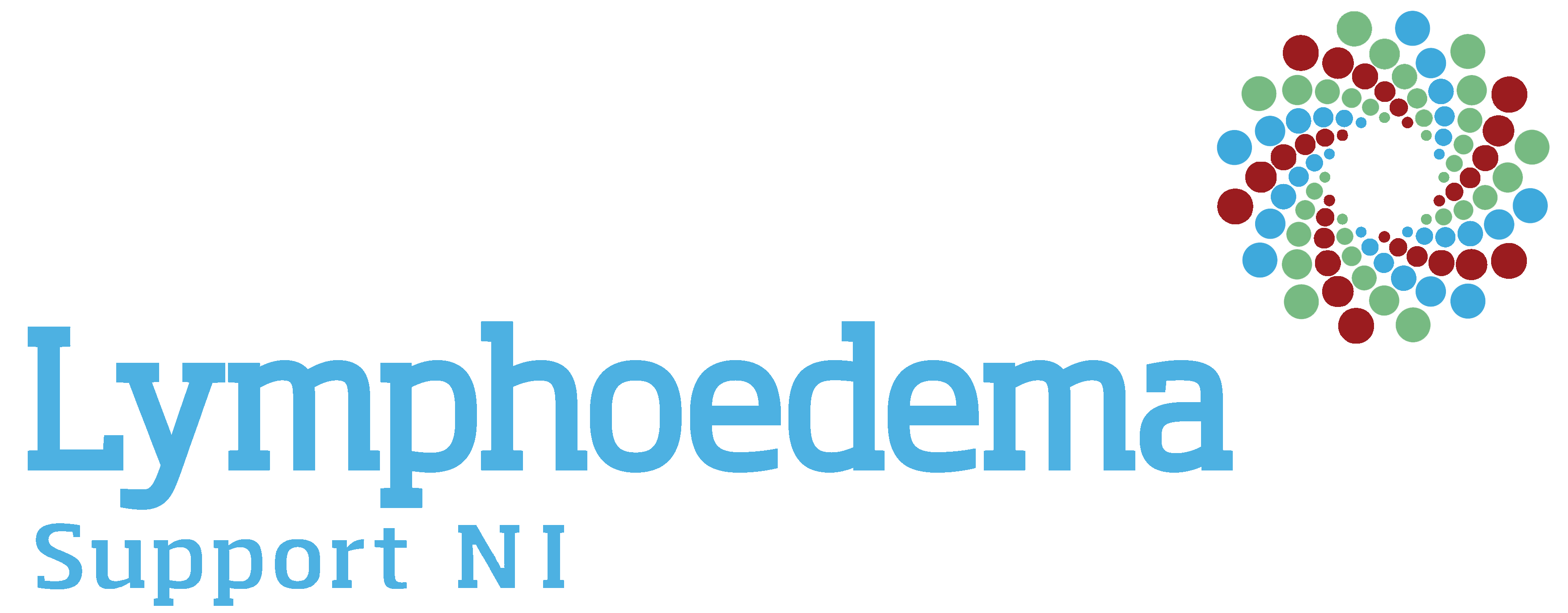The treatment you will receive is known as Complex Decongestive Therapy (CDT). CDT is regarded as the treatment of first choice in the management of lymphoedema. Before prescribing CDT, your doctor should always determine the cause of the lymphoedema and exclude other major medical problems by performing a thorough physical examination and you should be referred to a fully trained and certified lymphoedema therapist.
Complex Decongestive Therapy (CDT) was first documented in the late 1800's in Europe. The aim of CDT is to mobilise the congested tissue fluid, reduce the proliferation of connective tissue and fat and achieve freedom from symptoms. A swollen limb can be reduced over time to possibly near-normal size with an improved shape and it should be well maintained with continuous treatment. Managing the lymphoedema condition is a matter of rehabilitation and a lifetime of discipline with frequent medical monitoring. Patient compliance should be 100 percent in following the medical recommendation on a daily basis. Usually, patients will have to rethink work and social lifestyles in order to comply.
Complex Decongestive Therapy (CDT) consists of two phases, symbolised here by the two circles.

Phase 1 - the Intensive Phase (blue) aims to reduce the swelling as much as possible, and to start to break down any fibrosis, which may have developed. You will also be taught skills to help you to manage your condition.
Phase 2 - the Maintenance Phase (green) aims to maintain and further improve the treatment outcome of Phase 1.
Phase 1 - the Intensive Phase of treatment must include the following four components:

(i) Skin and nail care
A common complication of lymphoedema is that there is an increased risk of infection such as cellulitis. Careful skincare, nail care and hygiene are essential to minimise the occurrence of such infections.
 (ii) Manual Lymphatic Drainage
(ii) Manual Lymphatic Drainage
MLD is a gentle manual treatment that improves the function of the lymphatic system. MLD gently mobilises lymph out of a swollen area into healthy lymph vessels that drain into the blood stream.
 (iii) Multi-layer compression bandaging
(iii) Multi-layer compression bandaging
The use of multi-layered bandages increases the tissue pressure and helps to prevent the reaccumulation of swelling between treatments. Bandaging can also help to break down areas of fibrosis and reshape the limb until it is ready to be fitted with a medical compression garment.
 (iv) Remedial Exercises
(iv) Remedial Exercises
The bandaged limb should be exercised regularly. Exercise activates the muscle and joint pumps of the affected limb, which over time can further help to reduce any swelling.
It is necessary that all four components are carried out during your treatment, regardless of the severity of your swelling.
With patients' full cooperation, expertly performed CDT should result in the swelling being reduced or almost eliminated.
